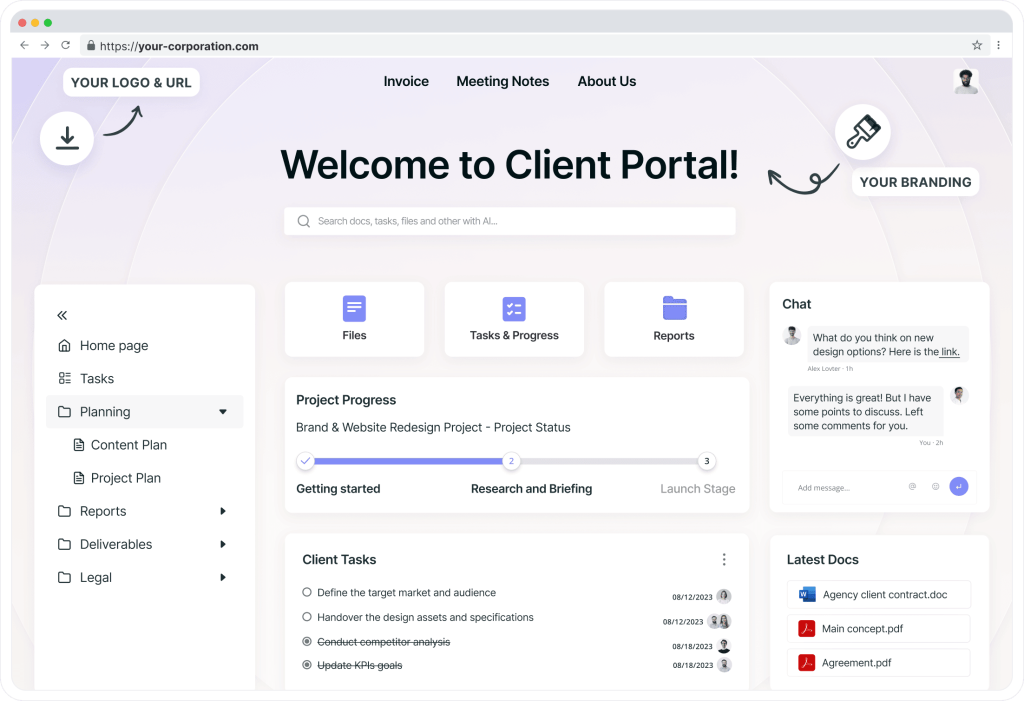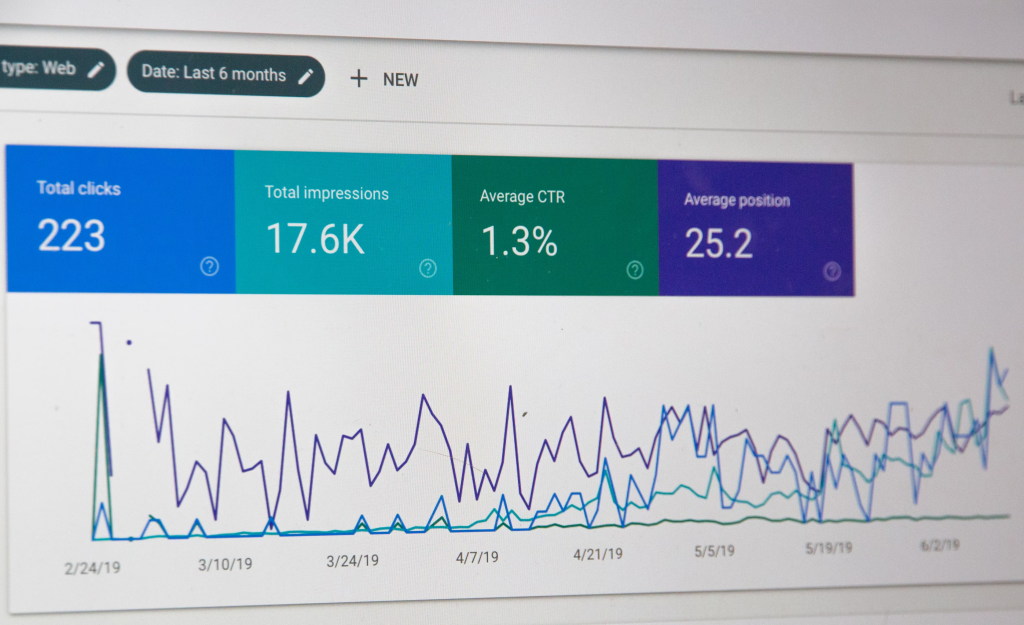
A communication strategy is fundamental for any business aiming to establish a strong presence in the market. It bridges the company and its target audience, ensuring that the core message is effectively conveyed. This is crucial for building brand awareness, credibility, and trust, which in turn fosters long-term relationships and customer loyalty. With a well-defined communication strategy, a business can be understood and understood in the noise of competition.
Understanding the Difference: Communication Plan vs. Strategy
A communication strategy provides the overarching goals and direction for a company’s messaging, while a communication plan details the specific actions and timelines to execute that strategy. The strategy is about the ‘why’ and ‘what,’ and the plan focuses on the ‘how’ and ‘when.’ Both are essential for a coherent approach to business communication.
Crafting an Effective Communication Strategy

To develop a communication strategy that truly connects with your audience, it’s essential to gain a thorough understanding of their preferences and requirements. This strategy should be built on the foundation of clear and compelling messages that strike a chord with your target demographic. It’s not just about what you say but how you say it—ensuring that the tone, style, and delivery are in sync with what your audience expects and appreciates.
An effective strategy doesn’t rely on a single method of outreach. Instead, it employs a diverse array of communication channels to ensure a broad and impactful reach. This could encompass the dynamic world of social media, the personalized touch of email marketing, and the informative nature of well-crafted content. Each channel serves a unique purpose, and when used together, they can create a symphony of engagement with your audience.
Best Practices for Customer Communication
An effective customer communication strategy hinges on three essential elements: personalization, consistency, and a robust feedback mechanism. By tailoring communication to individual customer needs and preferences, businesses can make their customers feel genuinely valued. Consistency in branding and messaging helps to build and reinforce brand recognition, creating a reliable and familiar presence in the customer’s mind. Furthermore, actively seeking and incorporating customer feedback ensures that the strategy remains dynamic, allowing businesses to continually refine and enhance their interactions with customers for better engagement and satisfaction.
Understand Your Audience:
To truly engage with your audience, it’s essential to conduct thorough research. This means going beyond basic demographics to grasp their needs, preferences, and behaviors. By understanding the problems they face and the solutions they seek, you can create messaging that speaks directly to them. Use surveys, social media listening, and data analytics to gather insights. Remember, the more you know about your audience, the more personalized and impactful your communication will be.
Questions to Ask When Discovering Your Audience
- Who is Your Ideal Customer? Consider demographics such as age, gender, location, income, education, and occupation to build detailed buyer personas.
- What are Their Key Needs and Challenges? Design survey questions or interview prompts that uncover the problems your audience is trying to solve and the obstacles they encounter.
- What Conversations Are They Having Online? Determine what topics, brands, or products your audience discusses on social media and what sentiment they express about these subjects.
- How Do They Interact with Your Website and Content? Investigate which pages they visit most, where they spend the most time, and what actions they take on your website.
- What Feedback Have They Provided in the Past? Analyze customer reviews, support tickets, and direct feedback to understand their opinions and satisfaction levels.
- What Trends Influence Their Behavior? Identify any current trends in your industry that might affect your audience’s decisions or interests.
- How Do They Prefer to Engage with Your Brand? Ask which platforms and forms of content (blogs, videos, webinars, etc.) they prefer for engaging with your brand.
- What Differentiates the Segments Within Your Audience? Explore how different groups within your audience may have unique needs or preferences and how you can cater to each segment.
- Which Strategies Have Been Most Effective in the Past? Reflect on past marketing efforts to determine which tactics resonated most with your audience.
- How Can You Maintain an Ongoing Relationship? Consider what channels and types of communication will keep your audience engaged over the long term.
Craft Impactful Messages:
Once you have a solid understanding of your audience, focus on developing content that not only grabs attention but also persuades and motivates. Your messages should be clear, concise, and aligned with your brand’s voice. Whether you’re writing a blog post, a social media update, or an ad copy, ensure that your message has a strong value proposition and a compelling call to action. Storytelling can be a powerful technique to connect on an emotional level, making your brand more relatable and memorable.
Excel at telling a compelling story about your products and services. For instance, Coca-Cola has long been associated with happiness and togetherness, themes that are woven into every campaign they run. Google, on the other hand, emphasizes innovation and the power of information, positioning itself as an enabler of knowledge and efficiency in everyday life. Amazon communicates convenience and customer-centricity, promising a vast selection and speedy delivery.
To emulate this level of communication mastery:
- Develop a Strong Brand Voice: Establish a clear and consistent voice that reflects your company’s values and mission. This voice should be recognizable in all your communications.
- Personalize Your Message: While maintaining a consistent narrative, tailor your messages to address the cultural nuances and preferences of different segments of your global audience.
- Engage Emotionally: Connect with your audience on an emotional level. Like Coca-Cola, create campaigns that evoke feelings and build a deeper connection with your brand.
- Highlight Your Unique Selling Proposition (USP): Clearly communicate what sets you apart, much like how Amazon emphasizes its convenience and Google’s innovation.
- Invest in Quality Content: Produce high-quality content that engages and informs your audience, reinforcing your brand narrative and establishing your authority in the industry.
By crafting a cohesive brand narrative and delivering it through a mix of personalized and emotionally engaging content, businesses can create a powerful and memorable presence in the minds of consumers, just as these industry giants have done.
Utilize Multiple Channels:
In today’s digital age, your audience is scattered across various platforms. To maximize your reach, you need to be where they are. This could include social media networks, email newsletters, blogs, podcasts, and more. Each channel has its own strengths and best practices, so tailor your content accordingly. For instance, visual platforms like Instagram require high-quality images, while Twitter is ideal for quick, timely updates. By diversifying your communication channels, you increase the chances of your message being seen and heard.
Leverage Collaboration Tools:
In the realm of digital communication, team collaboration plays a pivotal role in capturing attention and conveying your message effectively. Tools like Figma provide a collaborative environment for creating stunning visuals that can make your content stand out. Additionally, platforms like Fusebase are invaluable for team and client collaboration, ensuring that projects are completed efficiently and to a high standard. By integrating these tools into your workflow, you can streamline processes, encourage teamwork, and ultimately produce higher-quality content that resonates with your audience.

Challenges in Creating Client Communication Strategy
Creating a client communication strategy can be daunting for businesses of all sizes. Here are some common challenges and tips on how to address them:
Limited Resources:
Challenge: Small businesses and startups often operate with restricted budgets and human resources, which can limit their communication efforts.
Solution: Focus on cost-effective communication channels like social media and email marketing. Utilize free or low-cost tools for content creation and analytics. Prioritize activities based on ROI and consider outsourcing or automating repetitive tasks.
Measuring Effectiveness:

Challenge: Quantifying the success of communication strategies can be complex, making it hard to justify investments or make improvements.
Solution: Set clear, measurable goals for each communication campaign. Use analytics tools to track metrics like engagement, conversion rates, and customer feedback.
Adapting to Change:
Challenge: The digital landscape and consumer behavior are constantly evolving, requiring businesses to stay adaptable.
Solution: Stay informed on industry trends and be willing to pivot strategies as needed. Encourage a culture of innovation and continuous learning within your organization.
Personalization:
Challenge: Customers expect personalized experiences, but personalizing at scale can be difficult, especially for larger businesses.
Solution: Leverage data analytics to understand customer behavior and preferences. Use automation tools, for example FuseBase to deliver personalized content and responses without sacrificing efficiency.
Feedback Loop:
Challenge: Establishing a mechanism for receiving and acting on client feedback can be overlooked but is crucial for improvement.
Solution: Implement feedback systems like surveys, comment sections, or direct outreach. Regularly review feedback and incorporate it into your communication strategy.
Legal and Privacy Concerns:
Challenge: Ensuring compliance with data protection laws and regulations can be a hurdle, particularly for businesses operating in multiple regions.
Solution: Stay updated on legal requirements like GDPR and CCPA. Implement robust data management practices and ensure transparency with clients about how their information is used.
By addressing these challenges head-on with strategic planning and the right tools, businesses can develop a client communication strategy that not only reaches their audience effectively but also fosters lasting relationships.
Summary

Developing a client communication strategy is vital for brand presence and customer loyalty. It involves understanding your audience, crafting impactful messages, utilizing multiple channels, and leveraging collaboration tools. Challenges such as limited resources, measuring effectiveness, adapting to change, personalization, feedback loops, and legal concerns must be managed. By addressing these areas, businesses can create a strategy that resonates with clients and fosters long-term relationships.

